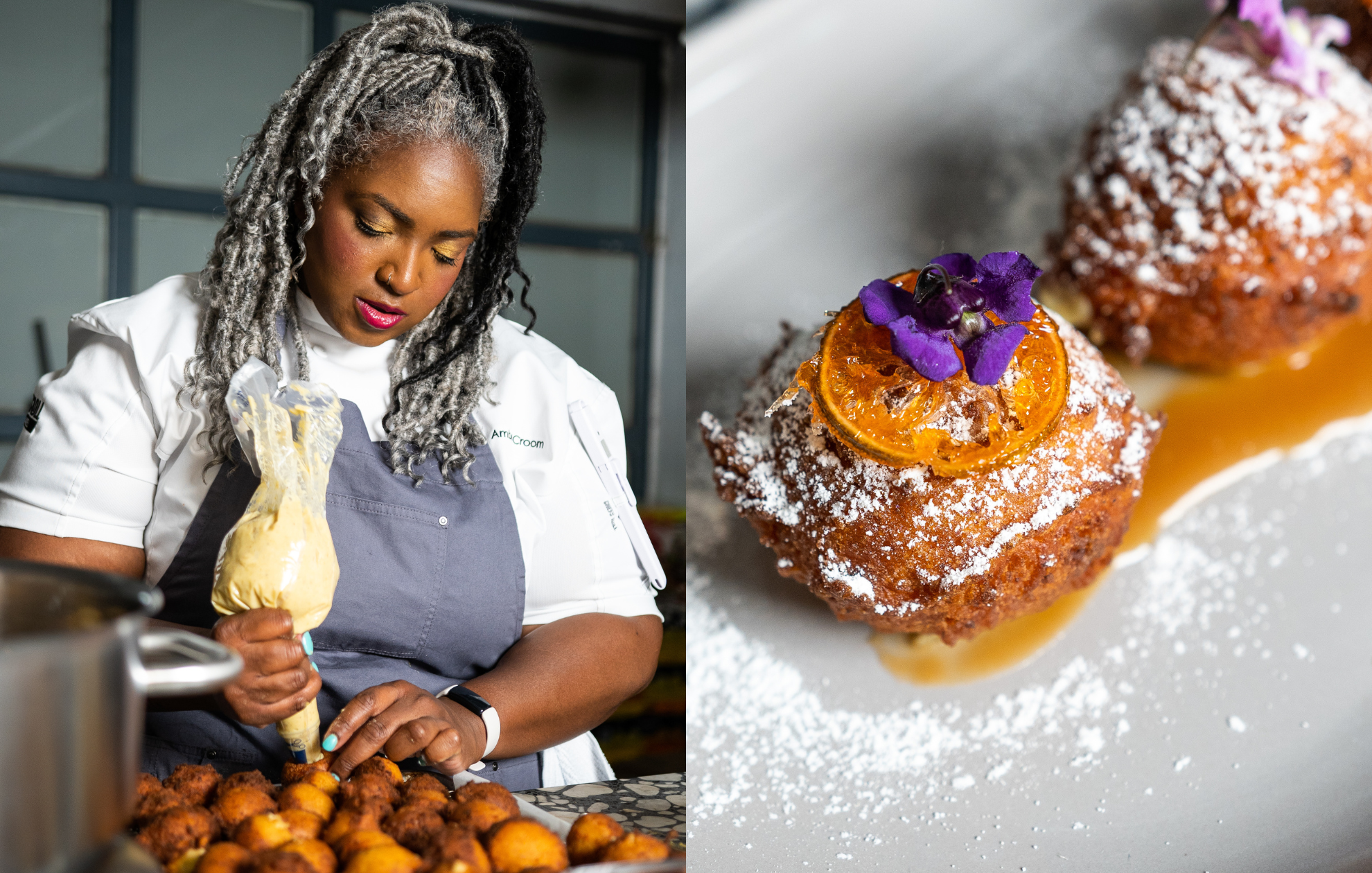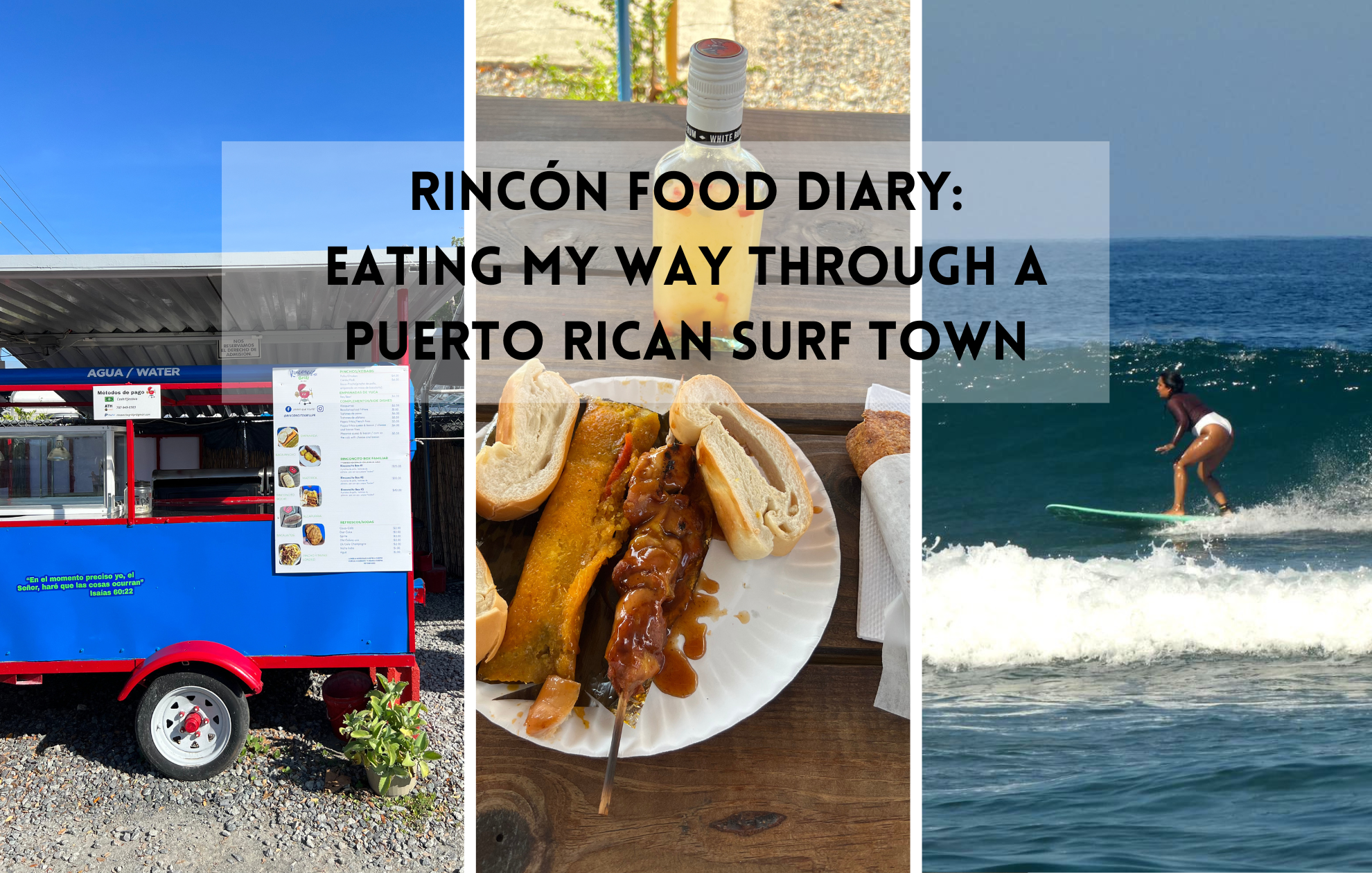Is the Plantain a Fruit or Vegetable?
For many, the first exposure to a plantain is in the produce section of their local grocery store when they see a funny-looking banana. Upon further examination, it becomes clear that this “banana” seems larger, has a thicker skin, and unlike the smooth, yellow bananas typically found in grocery stores, these larger plantains are available in a range of colors as they ripen, from green to yellow to mostly black. It is clearly related to the banana, but if it isn’t a banana, then what is it? Is it even a fruit?
According to Fruits and Veggies- More Matters—a health initiative spearheaded by the Produce for Better Health Foundation in conjunction with the Center for Disease Control & Prevention (CDC)—the plantain is actually a…fruit!
.png?width=3300&height=1368&name=MIC%20Food%20-%20transparent%20(1).png)
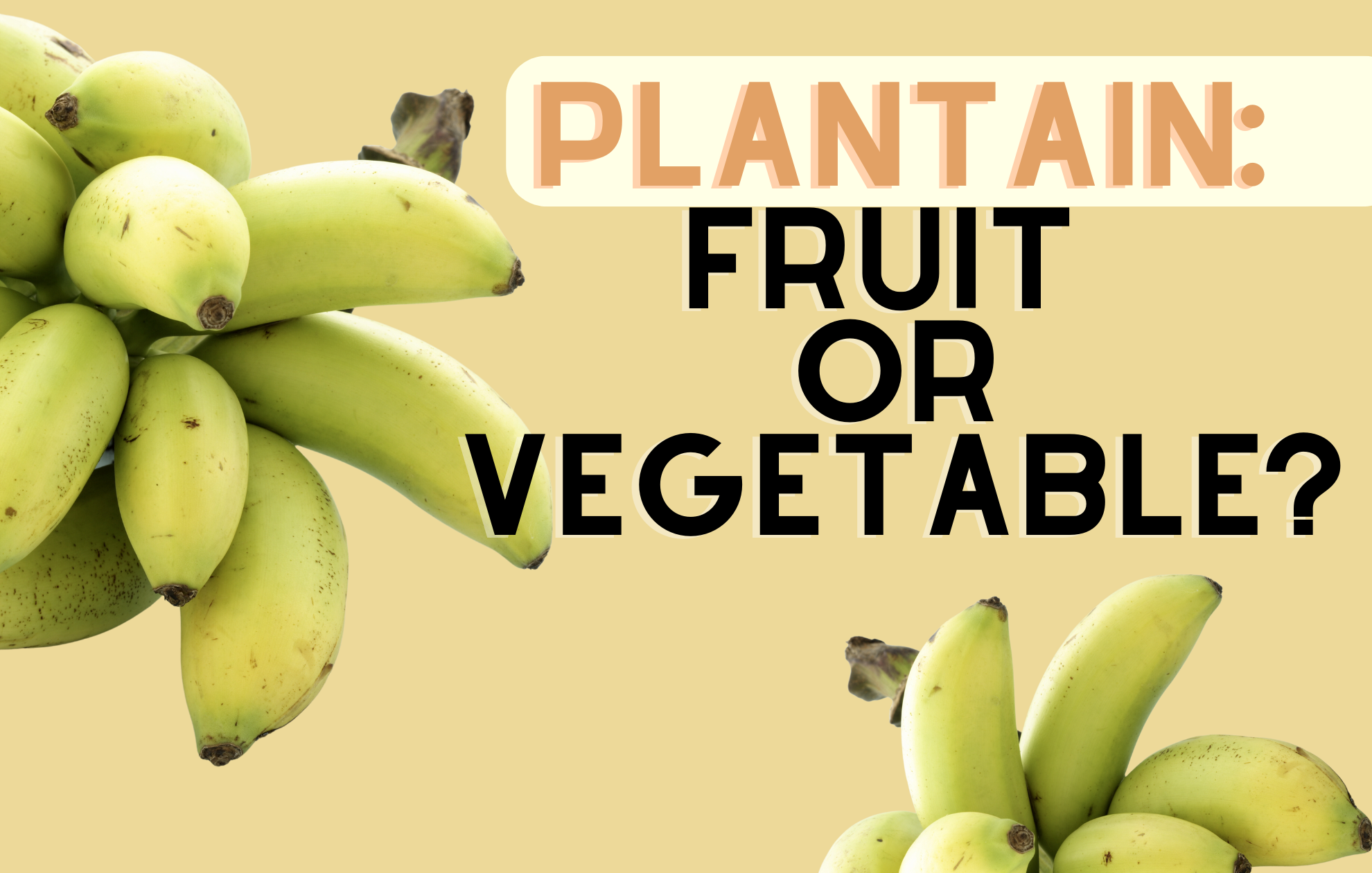

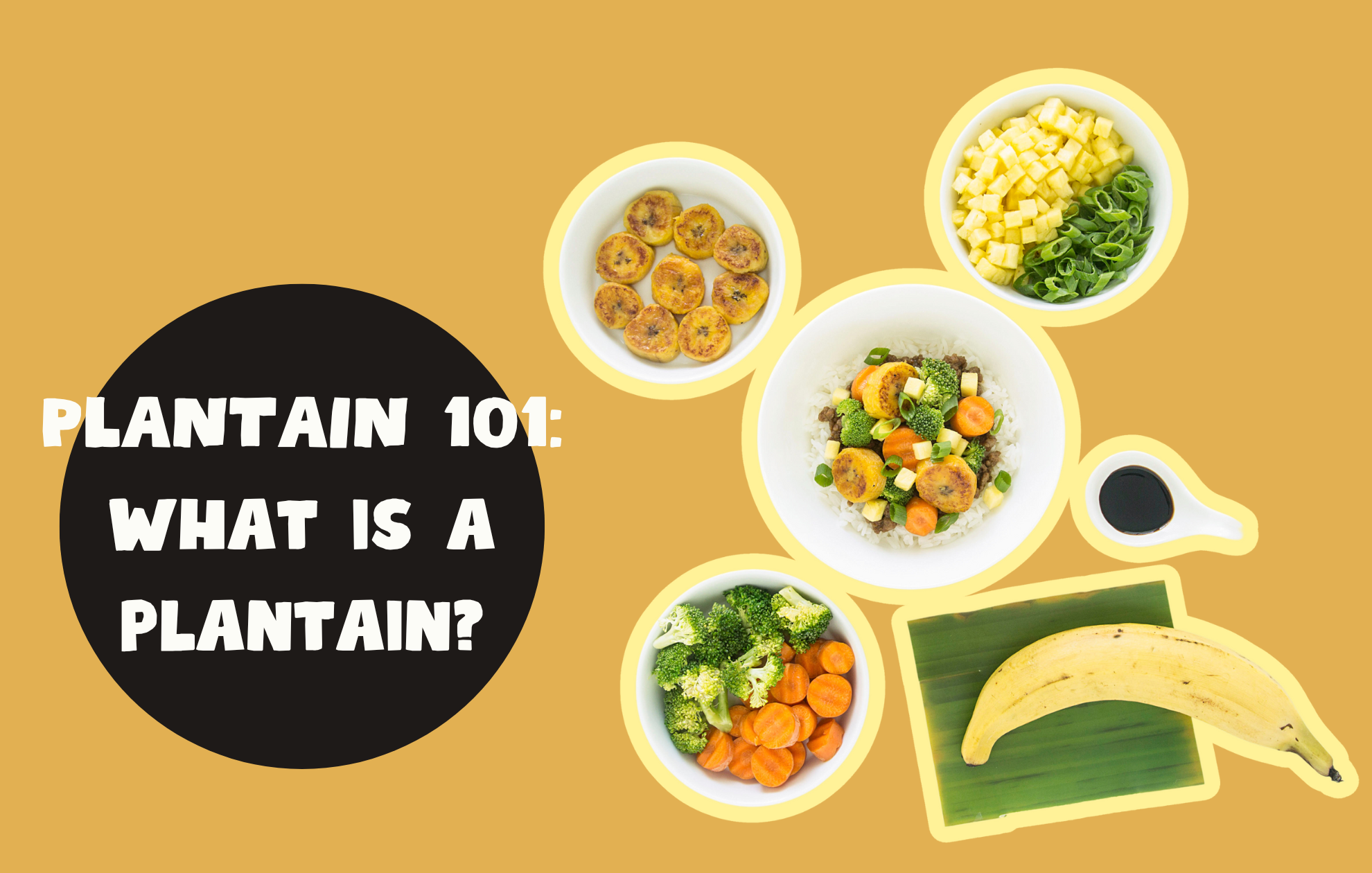
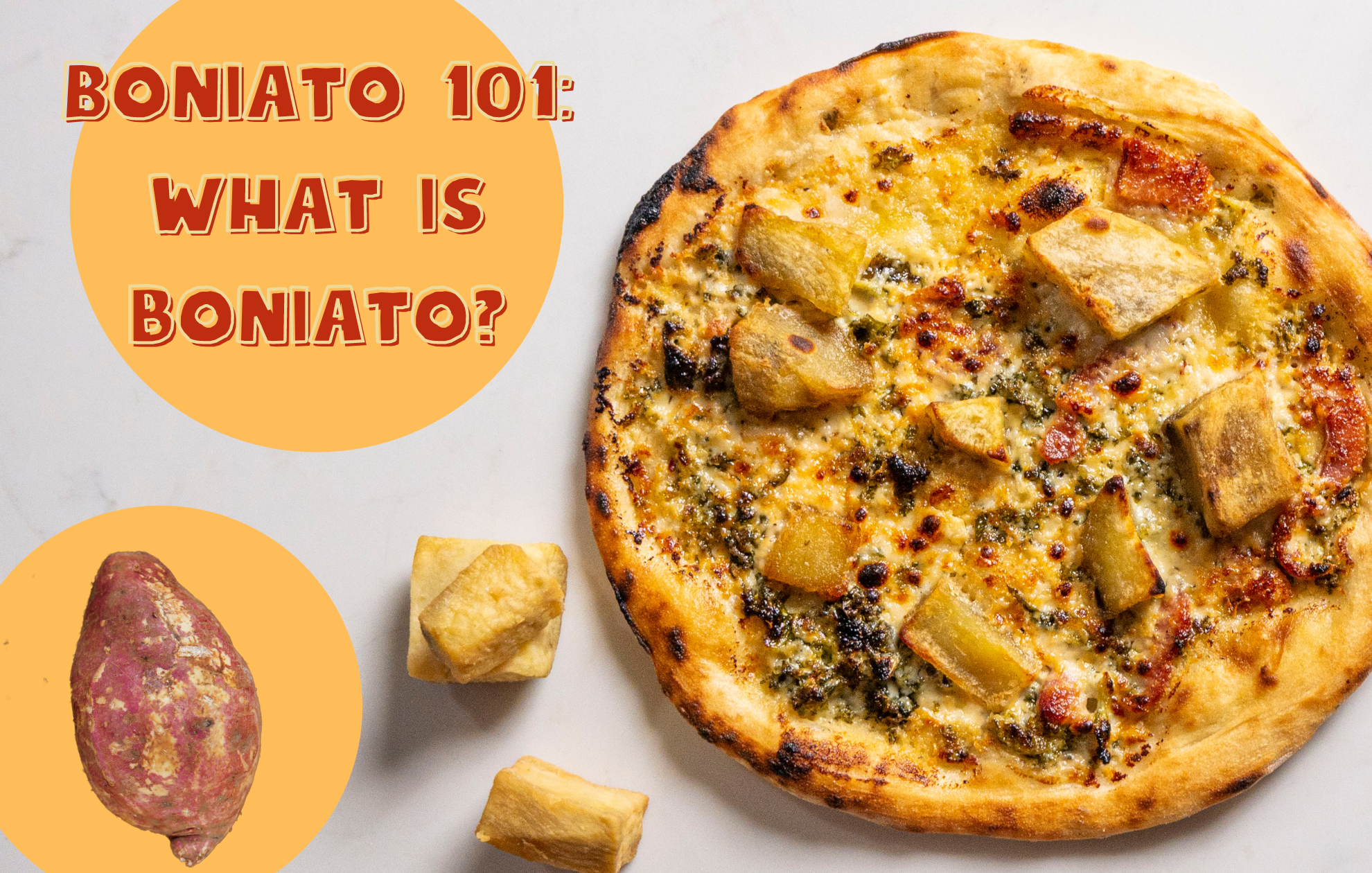

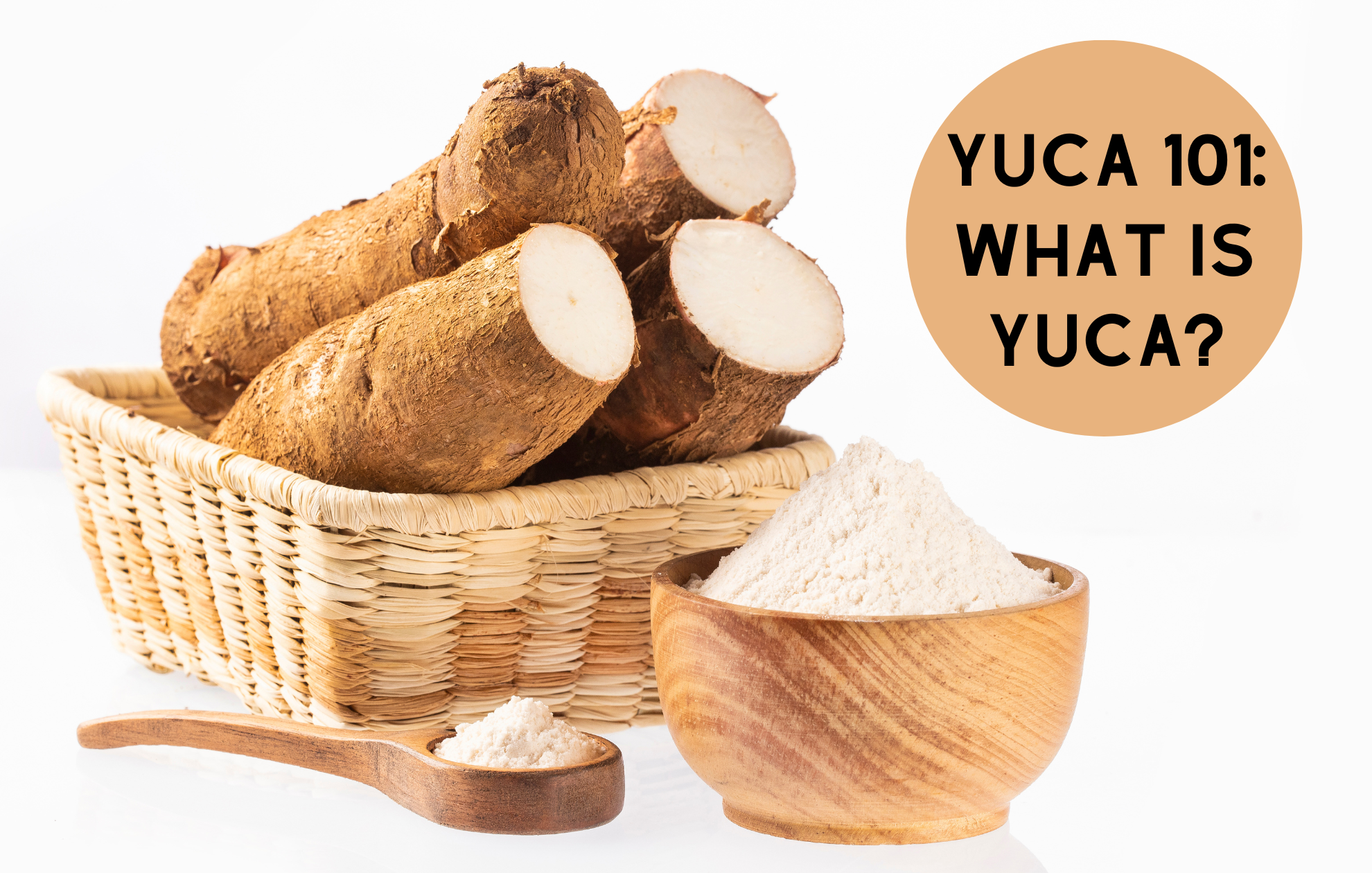
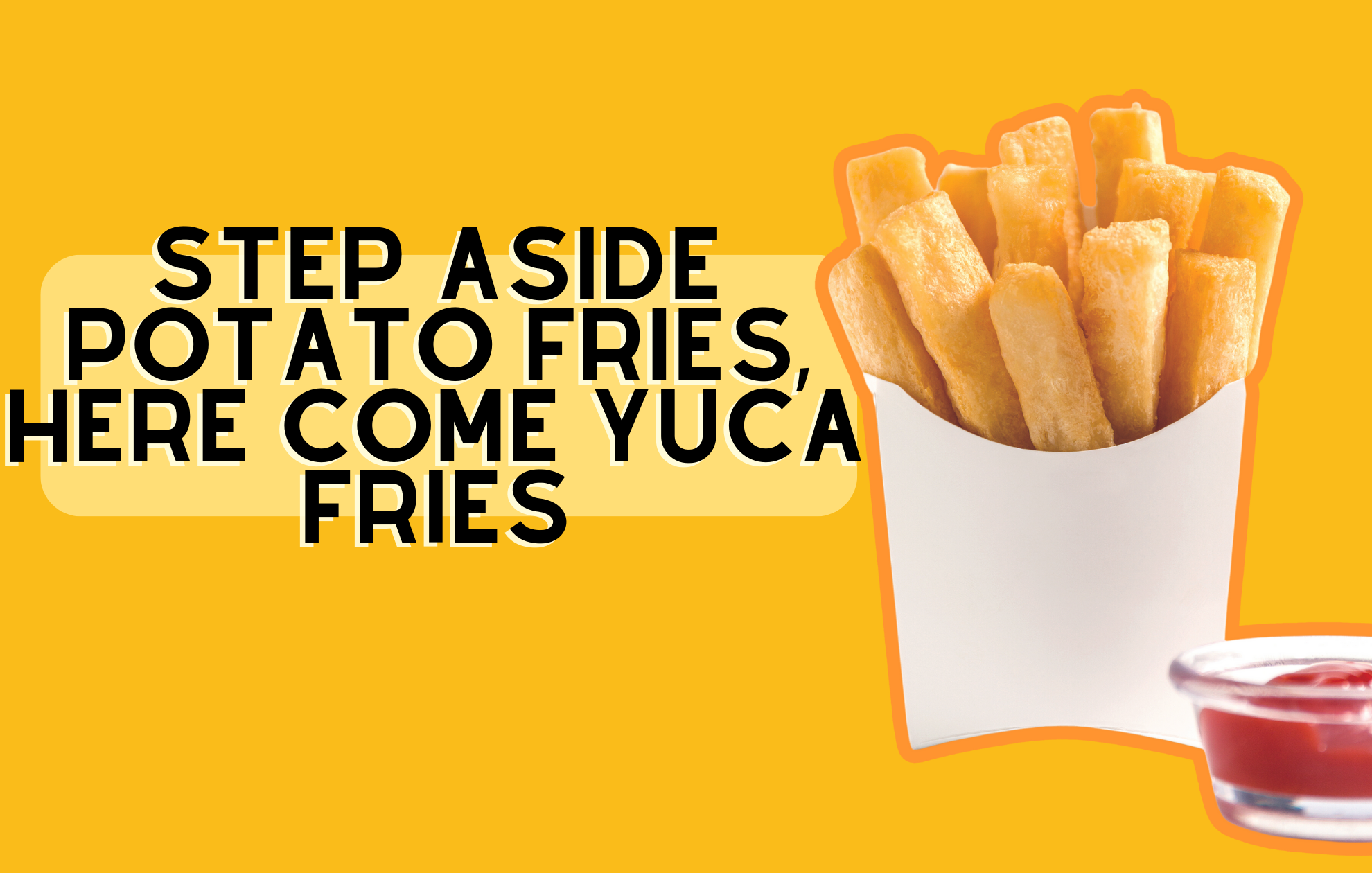
.png)
